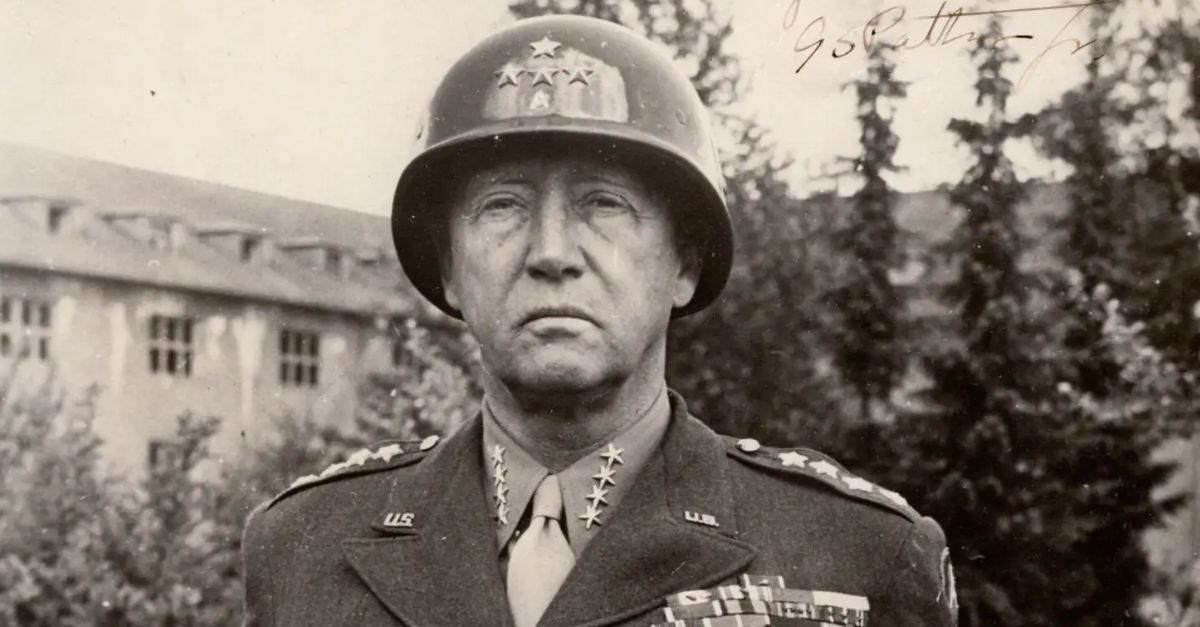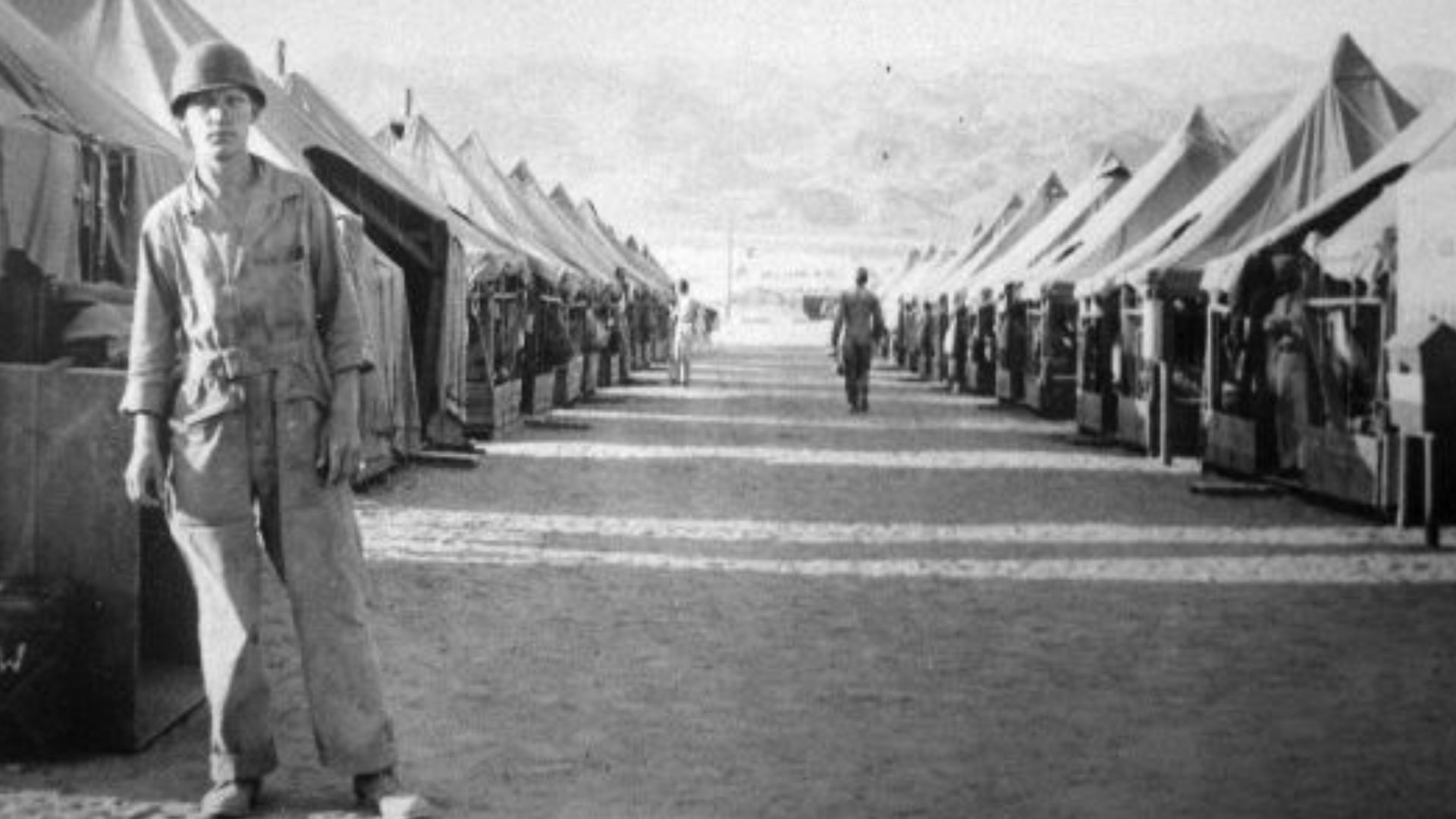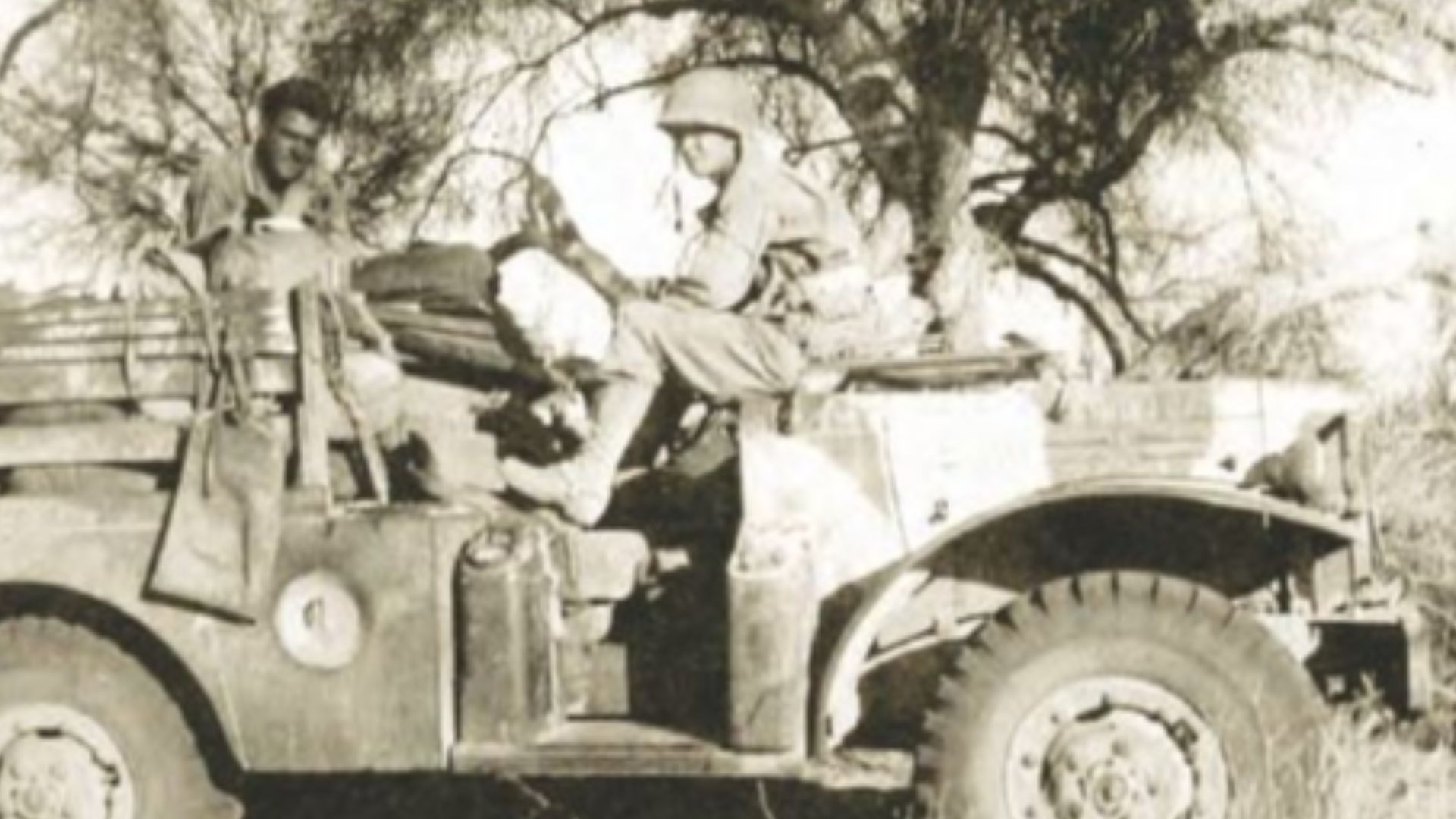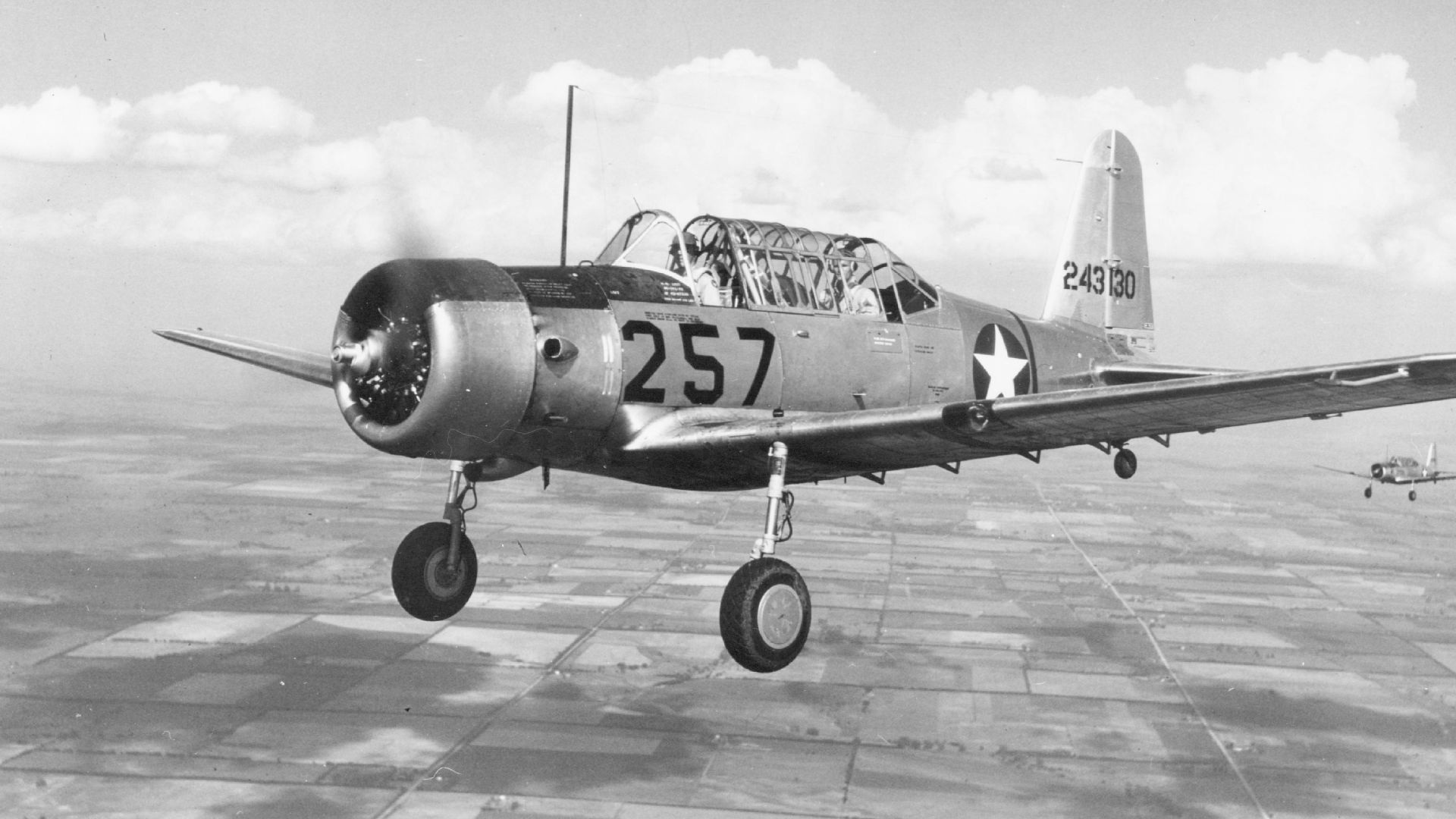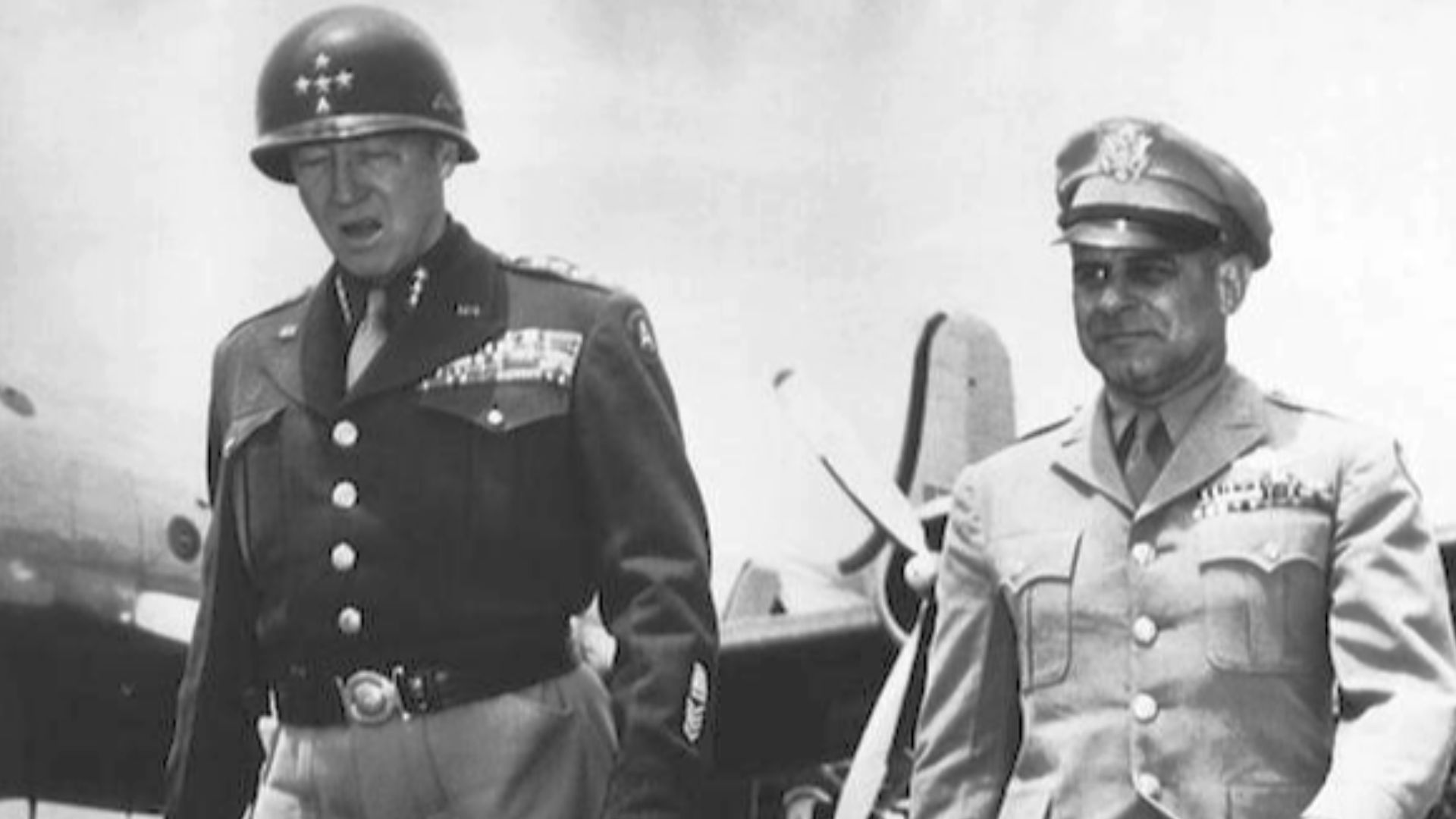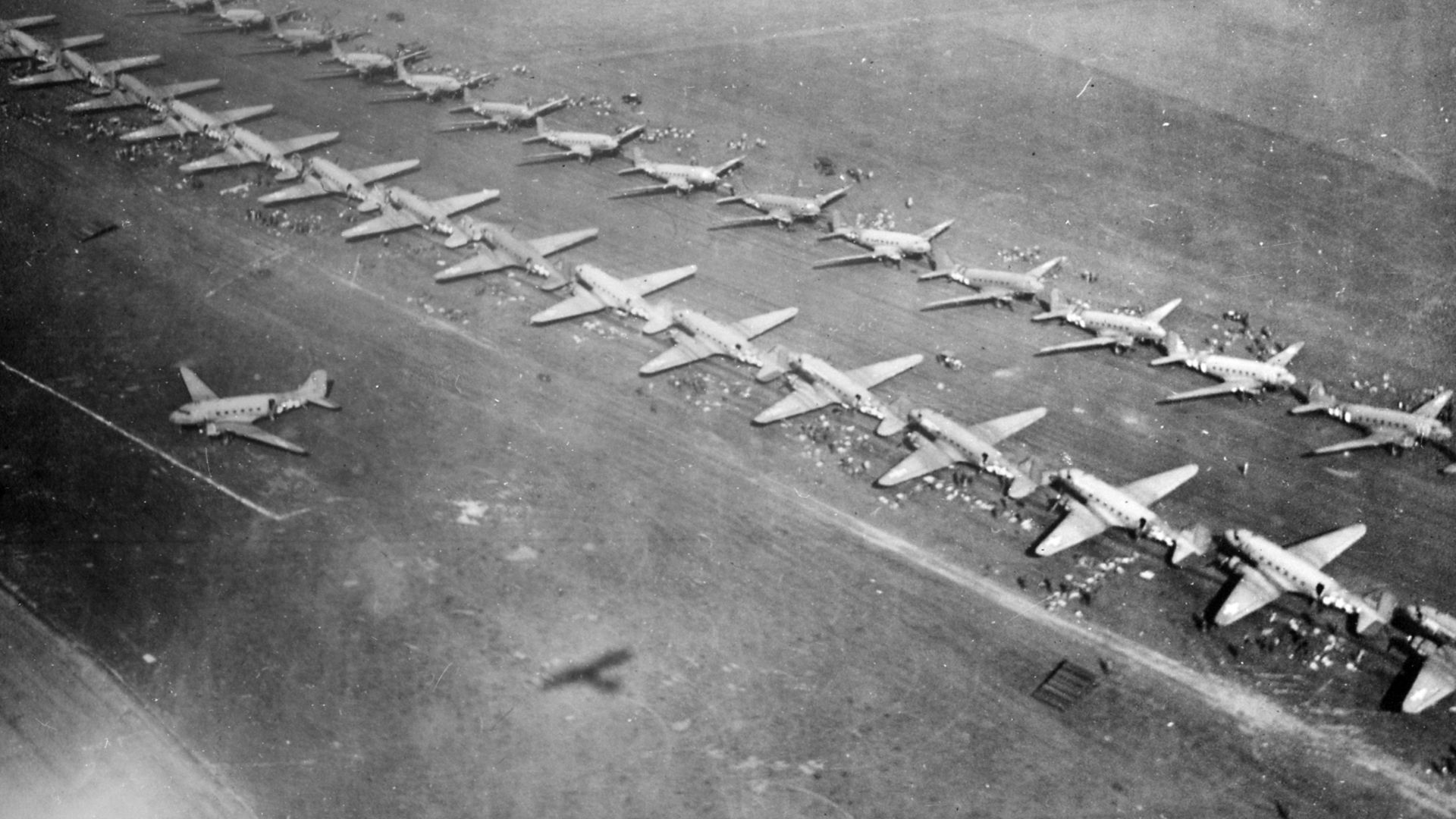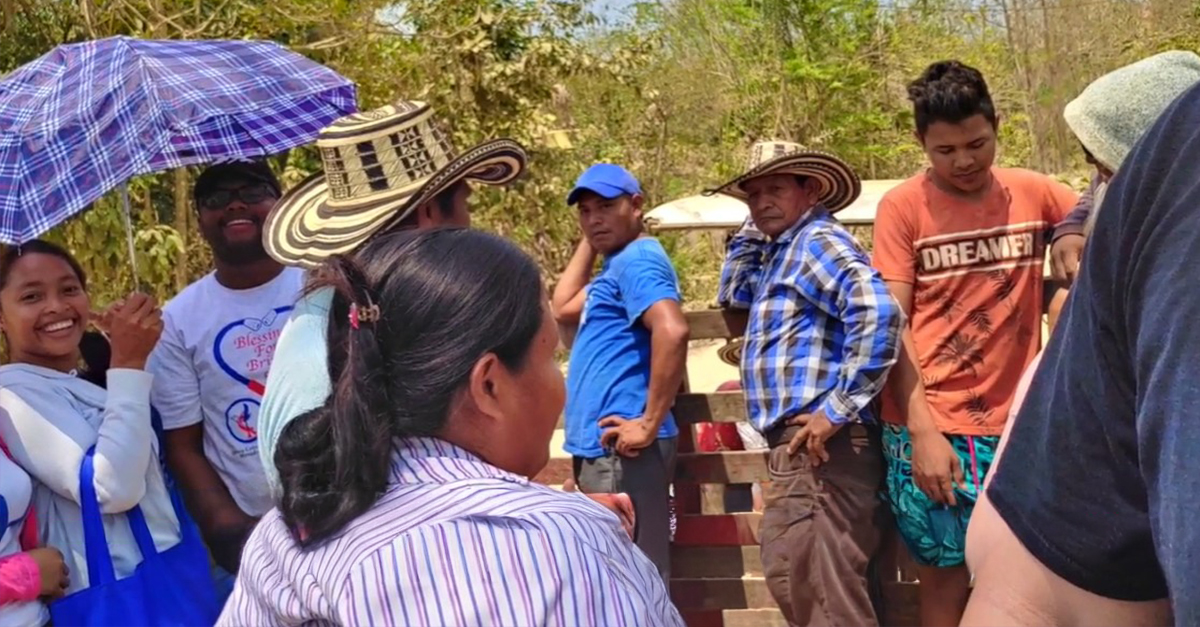A Forgotten Military Chapter
Most travelers speed past Dateland without a second thought because not many know that in the 1940s, this stretch of sand held bustling Army camps and an airfield. A place that has since been buried under the sand—but not fully.
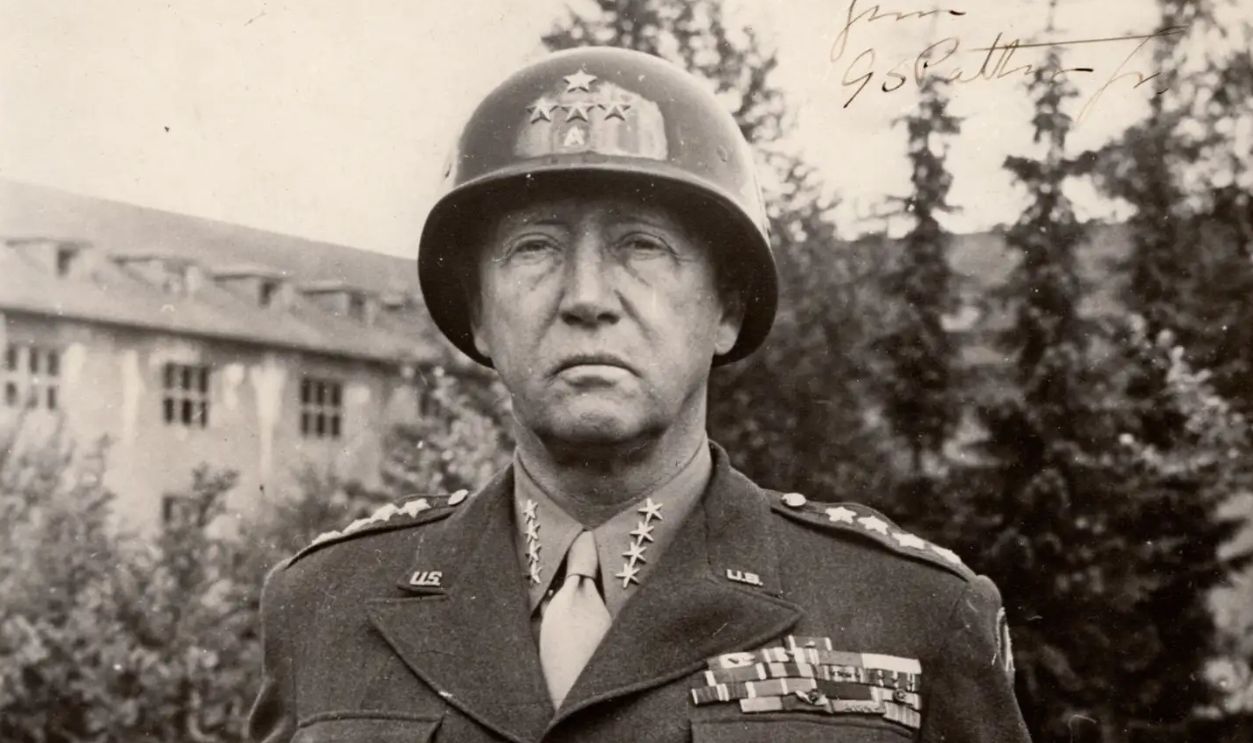
Dateland Before World War II
Before troops ever trained at Dateland, the desert already carried its own history. Groves of date palms thrived beside the Gila River’s floodplain, where the broader O’odham presence in Arizona included hunting and riverside settlements. Notably, though, sites near Dateland before 1941 remain uncertain.
 Carl Lumholtz, Wikimedia Commons
Carl Lumholtz, Wikimedia Commons
Choosing Dateland
Dateland provided unmatched conditions for desert training. Receiving less than three inches of rain each year, maneuvers proceeded year-round. Fierce winds generated dust storms, and deep, uniform sand tested tank traction. Artesian wells, reservoirs, and 10,000-gallon storage tanks supplied water, and the telegraph lines nearby were used for communication.
 Marine 69-71, Wikimedia Commons
Marine 69-71, Wikimedia Commons
Choosing Dateland (Cont.)
At approximately 400 to 500 feet above sea level, the area mirrored the climate of North Africa more realistically. January lows near 40°F gave soldiers valuable preparation for Mediterranean winters. These conditions were vital for training before overseas deployment.
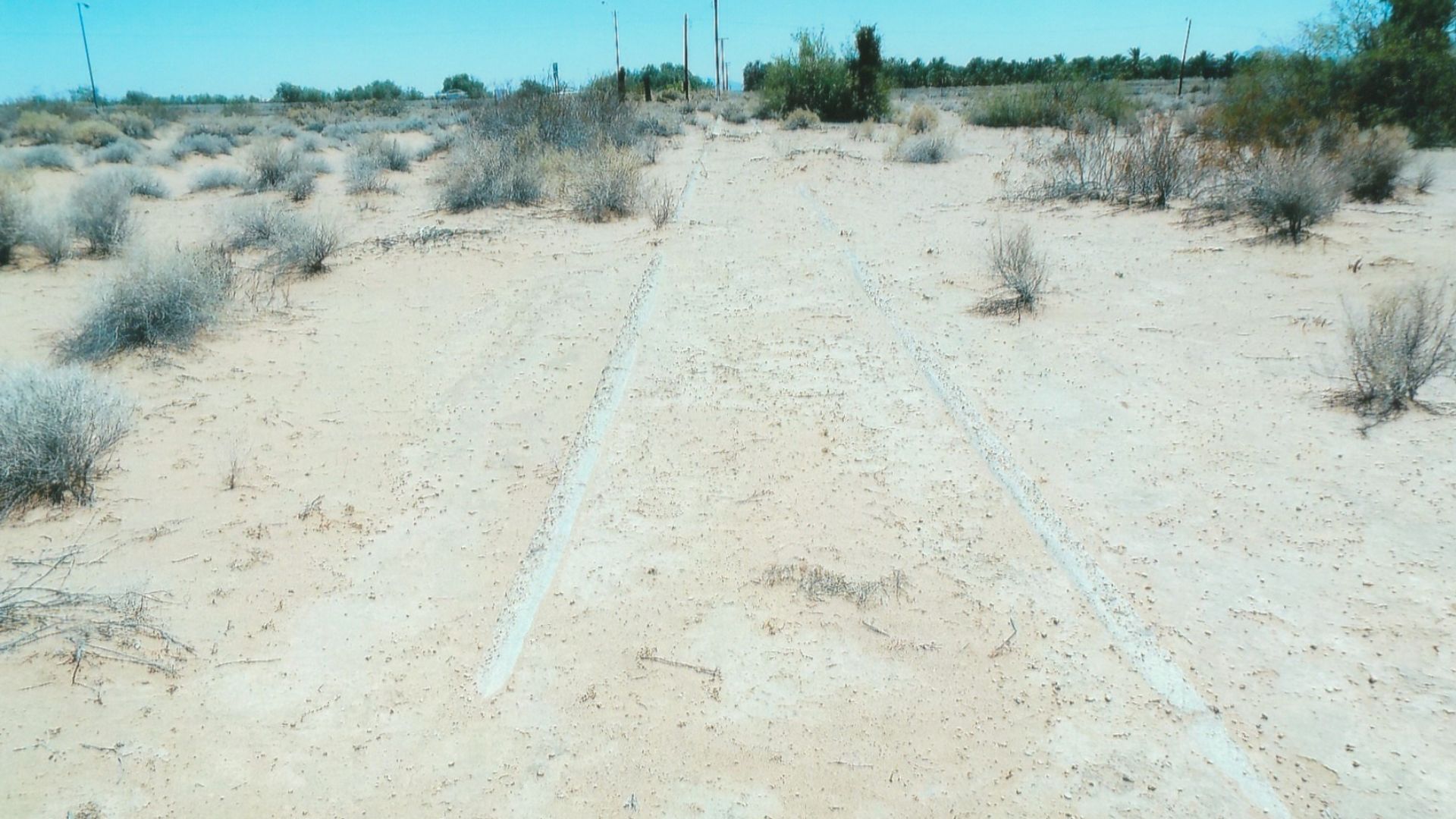 Marine 69-71, Wikimedia Commons
Marine 69-71, Wikimedia Commons
Desert Training Center Creation
In 1942, General George Patton created the Desert Training Center to prepare American soldiers for Operation Torch, the invasion of North Africa. It stretched across California, Arizona, and Nevada. Fifteen camps housed infantry and tank units. Pilots practiced alongside ground troops. And by mid-1944, thousands had trained here.
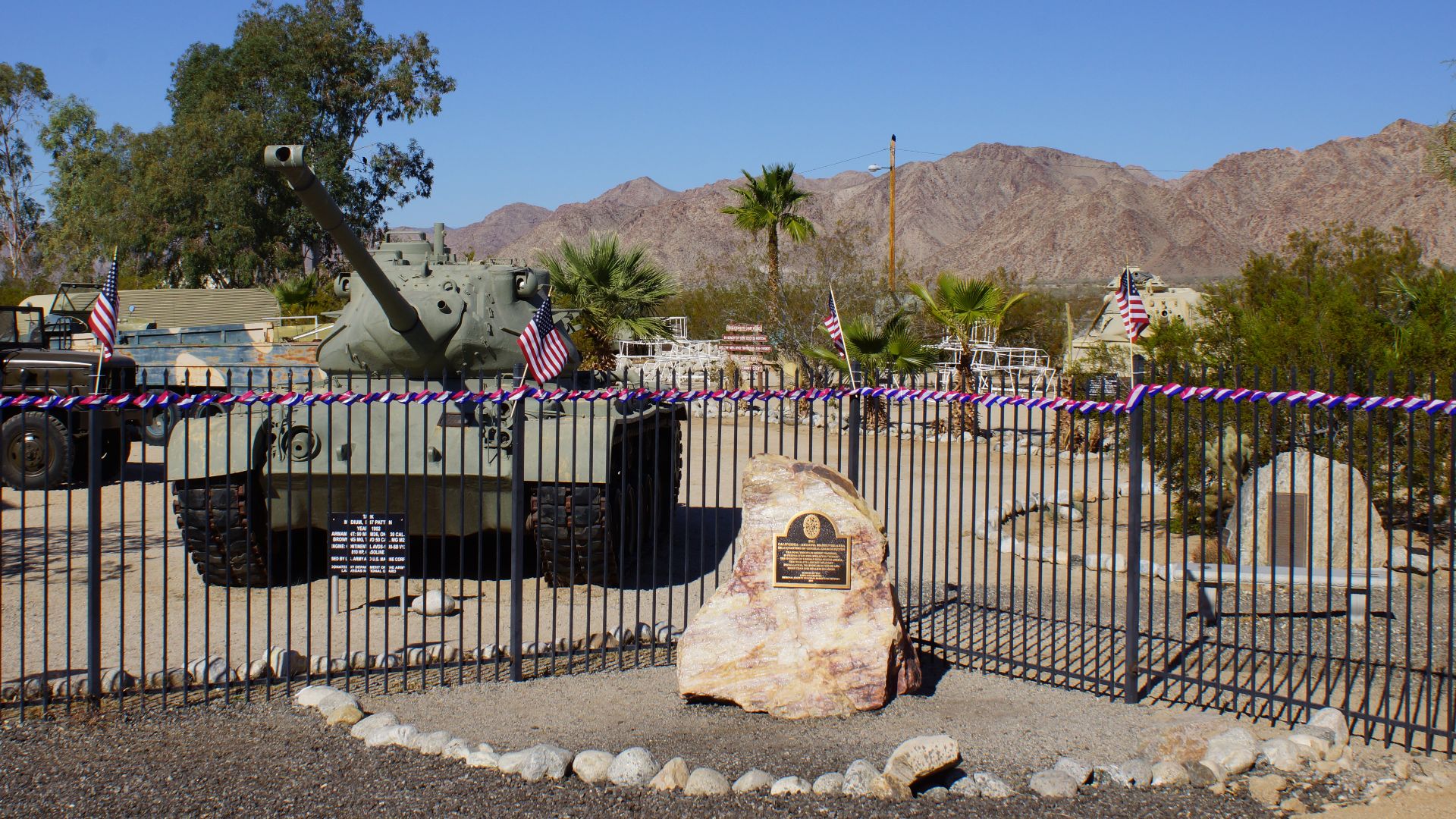 Chris English, Wikimedia Commons
Chris English, Wikimedia Commons
Surveying The Desert
Turning the desert into a training ground required surveys first. Engineers charted ridges with compasses, and geologists checked the sand. Aerial images revealed where obstacles belonged, while shifting dunes erased the evidence. The original wooden stakes now rest beneath the desert floor.
Organizing Supply Convoys
Supplying the camps turned into a nonstop effort. Each week, long truck convoys traveled a hundred-mile route to Yuma to haul ammunition and food. Some hauled portable tanks, others carried crates of dates. After desert rains damaged roads, repair crews acted fast. Even today, rusting parts scatter forgotten supply trails.
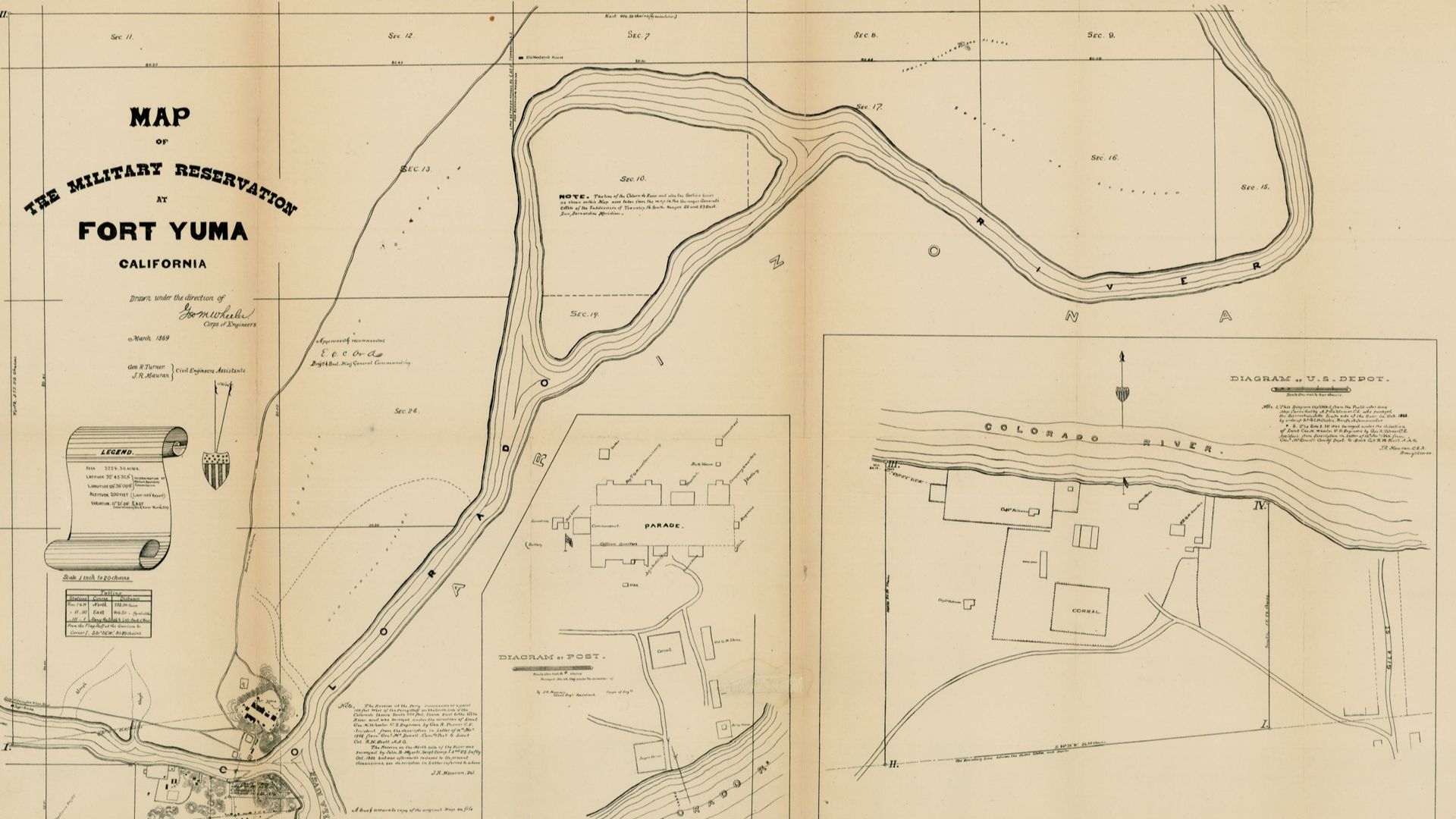 George M. Wheeler, Wikimedia Commons
George M. Wheeler, Wikimedia Commons
Building Camp Hyder
The Army turned the desert into a busy camp. Engineers from the 369th Engineer Regiment cut thick creosote bushes and packed loose sand so buildings stayed firm. Green barracks rose in rows, steel mess halls snapped together, roads directed trucks, and water tanks kept the water chilled.
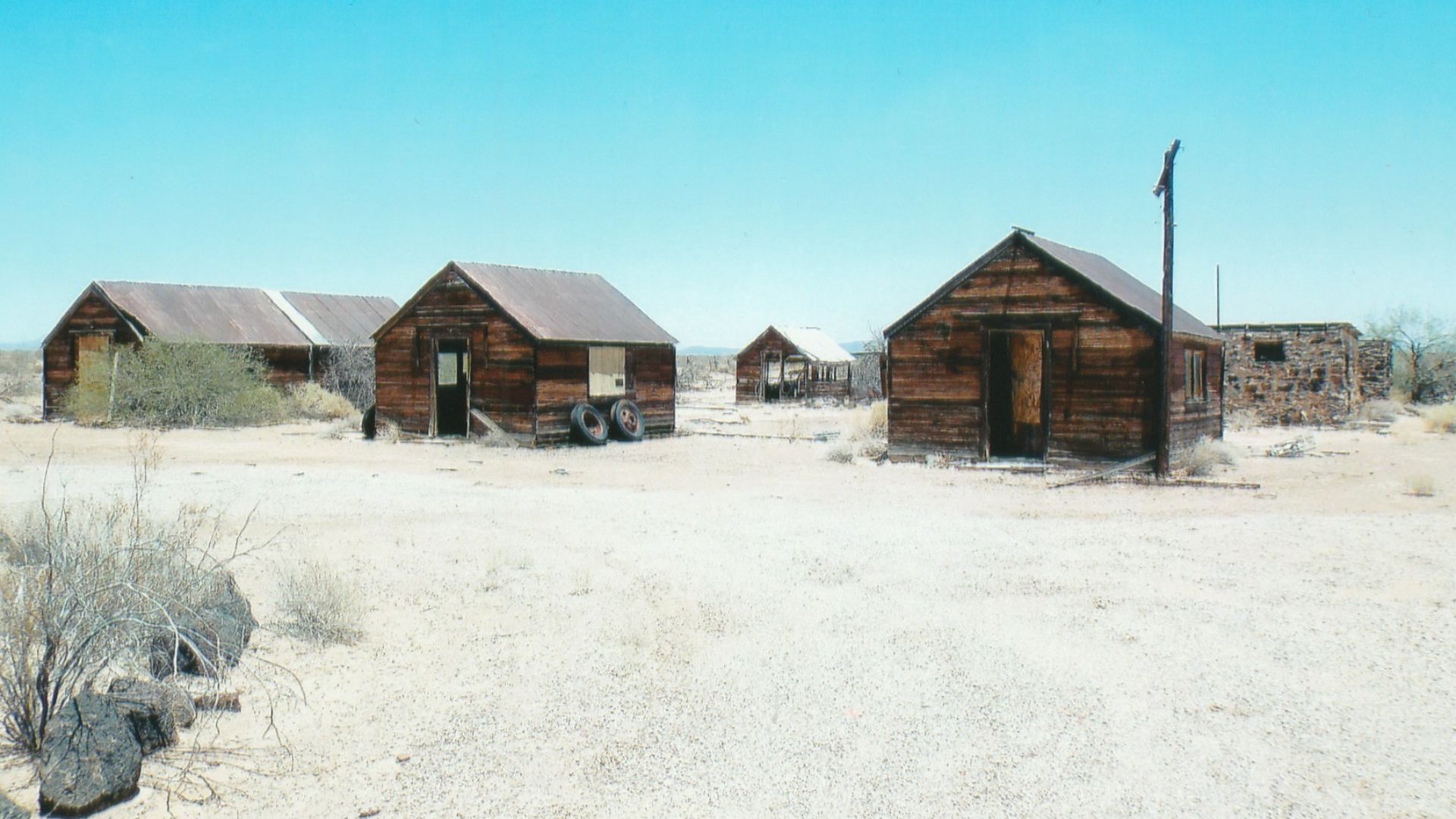 Marine 69-71, Wikimedia Commons
Marine 69-71, Wikimedia Commons
Life In Camp Hyder
Each day started before sunrise, when reveille—the bugle call—echoed across the camp. After thirty minutes of exercise on the desert floor, soldiers gathered for coffee beneath canvas awnings, while local dates sweetened rations. Evenings concluded with lantern-lit equipment checks.
Live-Fire Ranges At Hyder
The desert around Hyder thundered with training. Berms stopped live fire before it spread. Adobe bunkers, arranged at measured points, fell apart under constant attack. Grenade pits rattled the ground, followed by howitzers rumbling across the desert.
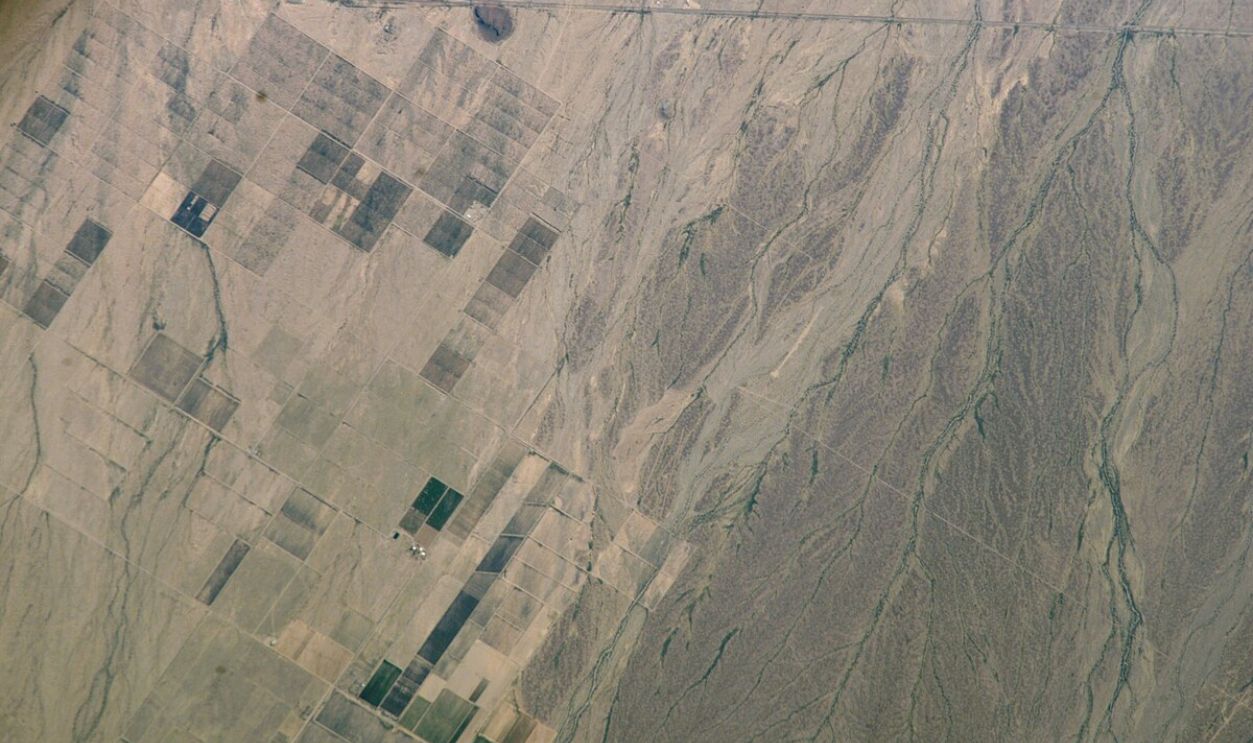 Earth Science and Remote Sensing Unit, Lyndon B. Johnson Space Center, Wikimedia Commons
Earth Science and Remote Sensing Unit, Lyndon B. Johnson Space Center, Wikimedia Commons
Camp Horn Origins
By summer 1943, another camp appeared north of Dateland. It was called Camp Horn, named after a nearby railroad siding. Operating under Camp Young, it focused on tank training. Engineers redirected seasonal washes into obstacles; sprawling tent cities, meanwhile, provided shelter for arriving crews and their support.
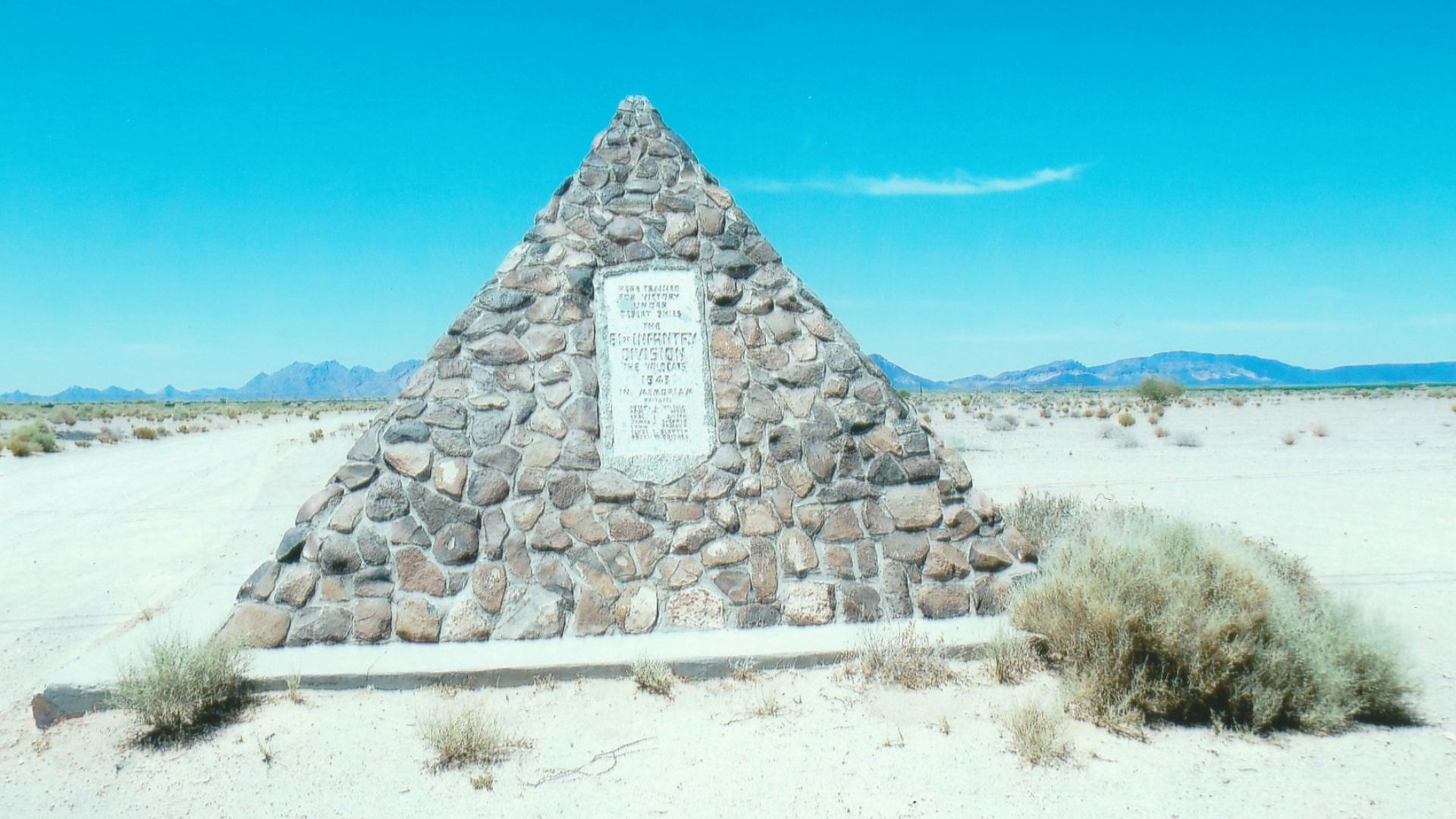 Marine 69-71, Wikimedia Commons
Marine 69-71, Wikimedia Commons
Horn Tank Maneuvers
Infantry defined Camp Horn’s daily rhythm. There, M3 Lee tanks thundered across dunes shaped by Caterpillar tractors, with steel ramps challenging the crossings even more. At night, blackout convoys rolled out, half-tracks dragging engines while crews kept a close eye on fuel.
Soldier Correspondence From The Desert
Letters from Camp Hyder painted the desert in striking detail. Although dust irritatingly slipped into uniforms and rifles, envelopes traveled swiftly, with palm grove photos and witty coffee jokes. Many families still have these heartfelt wartime treasures saved in their boxes.
Air Field Construction At Dateland
Engineers faced a desert that resisted all their efforts. They had to mix gravel with oil so runways and taxiways would hold against constant winds and keep dust from blinding pilots. Plus, steel towers were spaced across the desert to guide the way to aircraft hangars built into concrete.
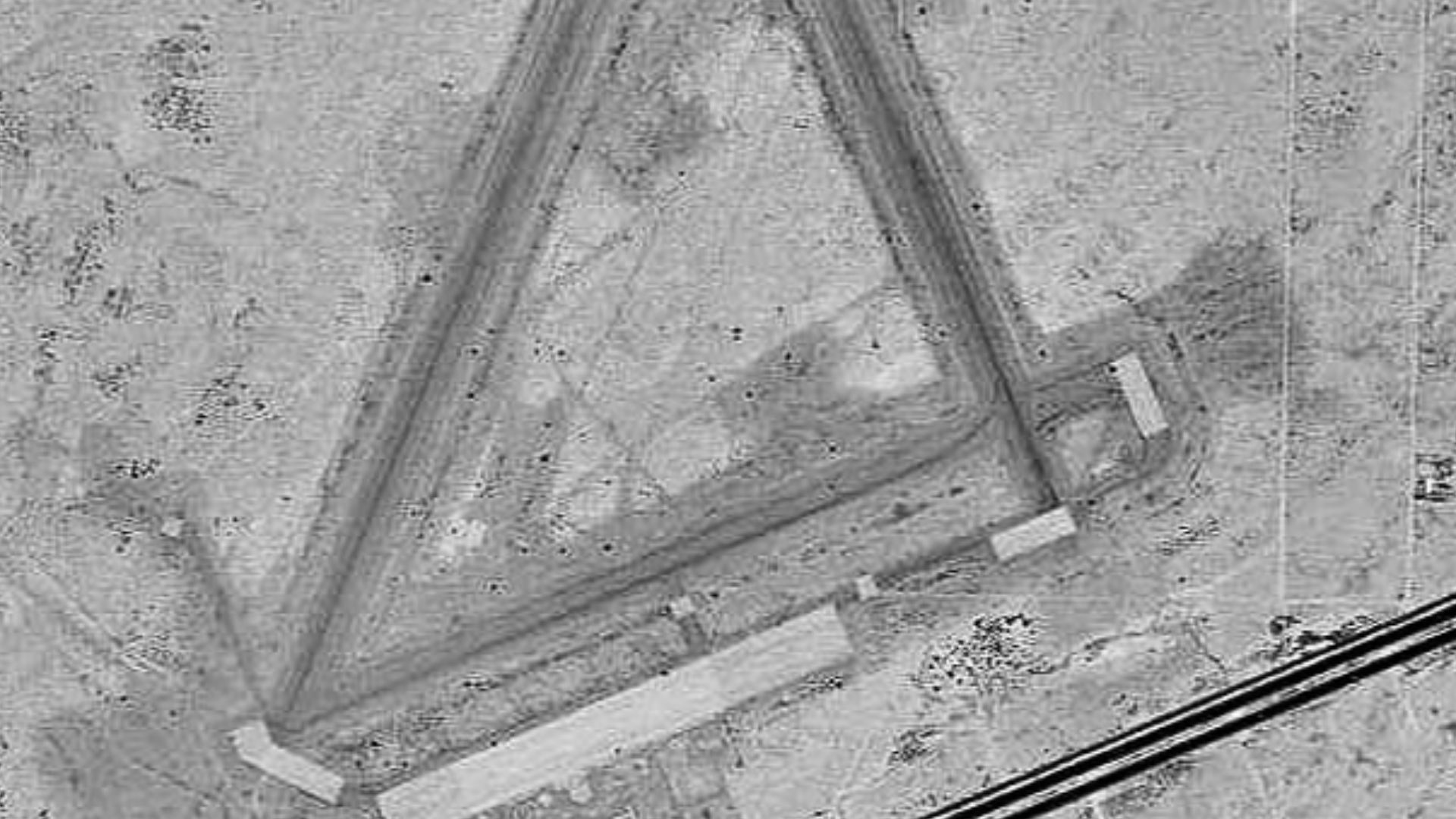 United States Geological Survey (USGS), Wikimedia Commons
United States Geological Survey (USGS), Wikimedia Commons
Air Field Operations
When fighters swooped down to strike wooden targets, then circled back for refueling under crew supervision, which meant that the base was always bustling. Throughout all of it, emergency vehicles equipped with sand ladders remained positioned, ready to aid any pilot forced into rough landings.
Medical Care In Field Hospitals
Field hospitals persevered with determination, even as desert hardships pressed in. Canvas tents stood downwind, so foul odors drifted away. Surgeons operated under blackout conditions, sometimes even performing amputations. Meanwhile, gauze supplies arrived from Phoenix, and sand-tired ambulances braved rough terrain to reach desperate emergencies.
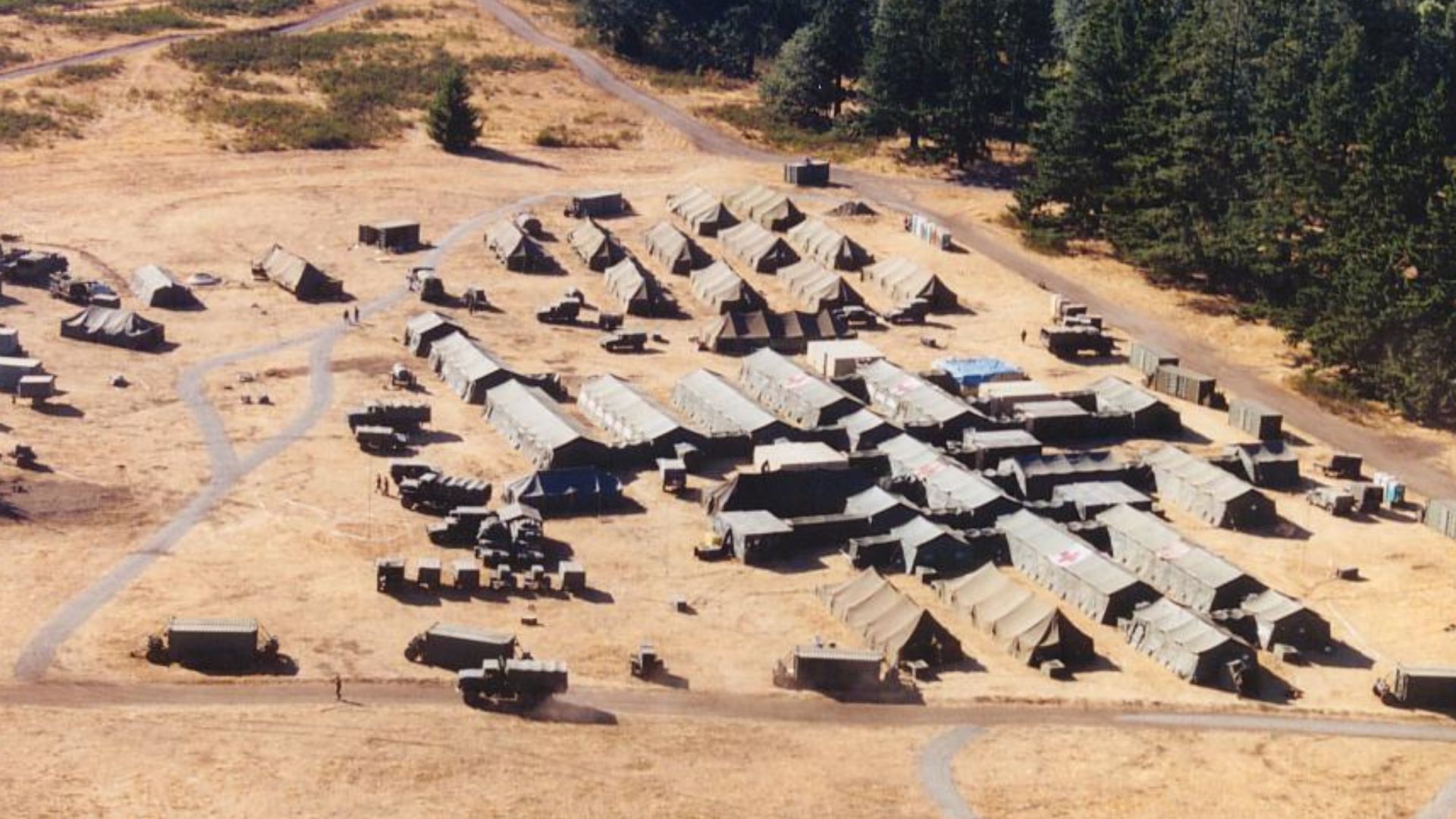 User DoctorMike on en.wikipedia, Wikimedia Commons
User DoctorMike on en.wikipedia, Wikimedia Commons
Desert Hazards Encountered
Desert life tested soldiers with endless hardships that demanded resilience. Midday heat rose beyond 100 degrees, so training stopped, yet freezing nights strained thin tents. Venomous scorpions plus rattlesnakes sent many for treatment. Soldiers also had to brave through fierce haboobs constantly.
Morale And Recreation
Entertainment rose from the dust of Dateland. Soldiers swung bats across oil-drum bases, then gathered after dark to watch films projected onto stretched canvas. Tire rings hosted boxing bouts that attracted noisy audiences. Even mess halls turned lively, filled with swing music and playful contests involving dates.
 GPO photographer, Wikimedia Commons
GPO photographer, Wikimedia Commons
Local Encounters
Life at Dateland camps often crossed paths with nearby communities. Farmers traded baskets of dates for canned rations, and O’odham communities in the region interacted through displays of traditional crafts. Ranchers led soldiers to secret waterholes, where inspectors carefully checked each shipment.
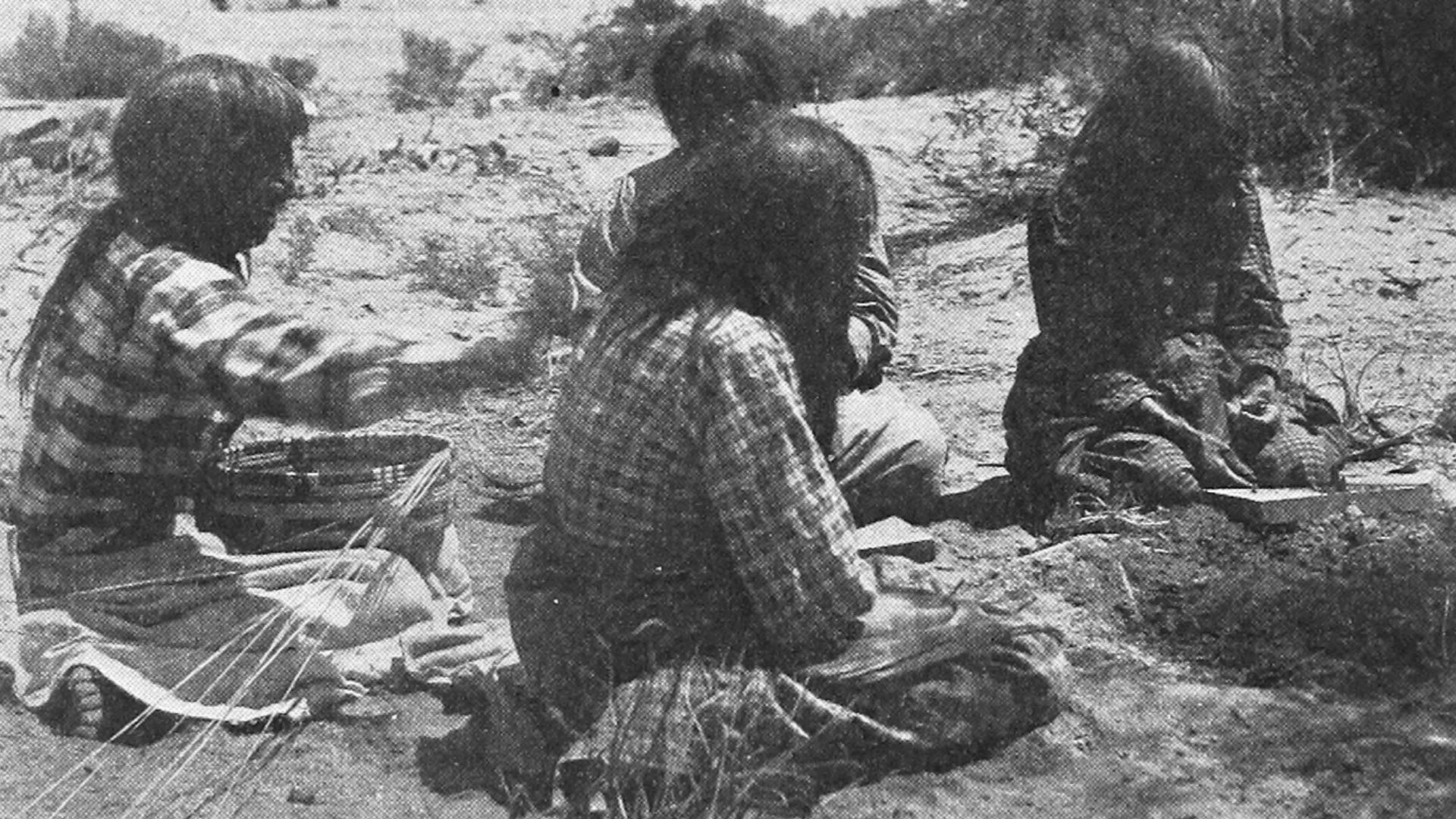 Frank Russell, Wikimedia Commons
Frank Russell, Wikimedia Commons
Translating Drills To North Africa Tactics
Every exercise was tied directly to the battles soldiers would face overseas. Dummy minefields marked with wooden stakes prepared infantry for careful sweeps along with mock trenches, which taught attack coordination. Each night, patrol reports traveled quickly to General Patton’s staff for review.
Phasing Out Desert Operations
The supplies moved back to Yuma by truck when orders arrived to close the camps in 1944. Engineers dismantled barracks for Pacific duty. Airstrips, no longer required, were declared surplus, and the final trains carried soldiers eastwards. Their departure left the desert echoing with silence.
 Marine 69-71, Wikimedia Commons
Marine 69-71, Wikimedia Commons
Post-War Air Field Reuse
Dateland’s airfield lingered beyond the war years. Reactivated during the Cold War, pilots rehearsed rocket drops over painted targets until 1957. Surplus C-47 transports filled hangars, as local flying clubs staged events on the runway. After decommissioning, deserted structures gradually yielded to relentless desert wind and sand.
Nature Reclaims The Camps
After the soldiers departed, the desert began to erase their presence. Dunes crept across abandoned barracks, while cracks in concrete opened just enough for shrubs to grow. Storms occasionally revealed old roadways and grids that made up those camps.
 Marine 69-71, Wikimedia Commons
Marine 69-71, Wikimedia Commons
Modern Rediscovery By Historians
For years, the camps seemed lost, until aerial photos uncovered faint outlines that were confirmed on the ground by GPS. Quartermaster maps matched the terrain, which proved the sites were genuine. Veterans’ memories added context, leading volunteers to mark the desert with plaques to preserve the story.
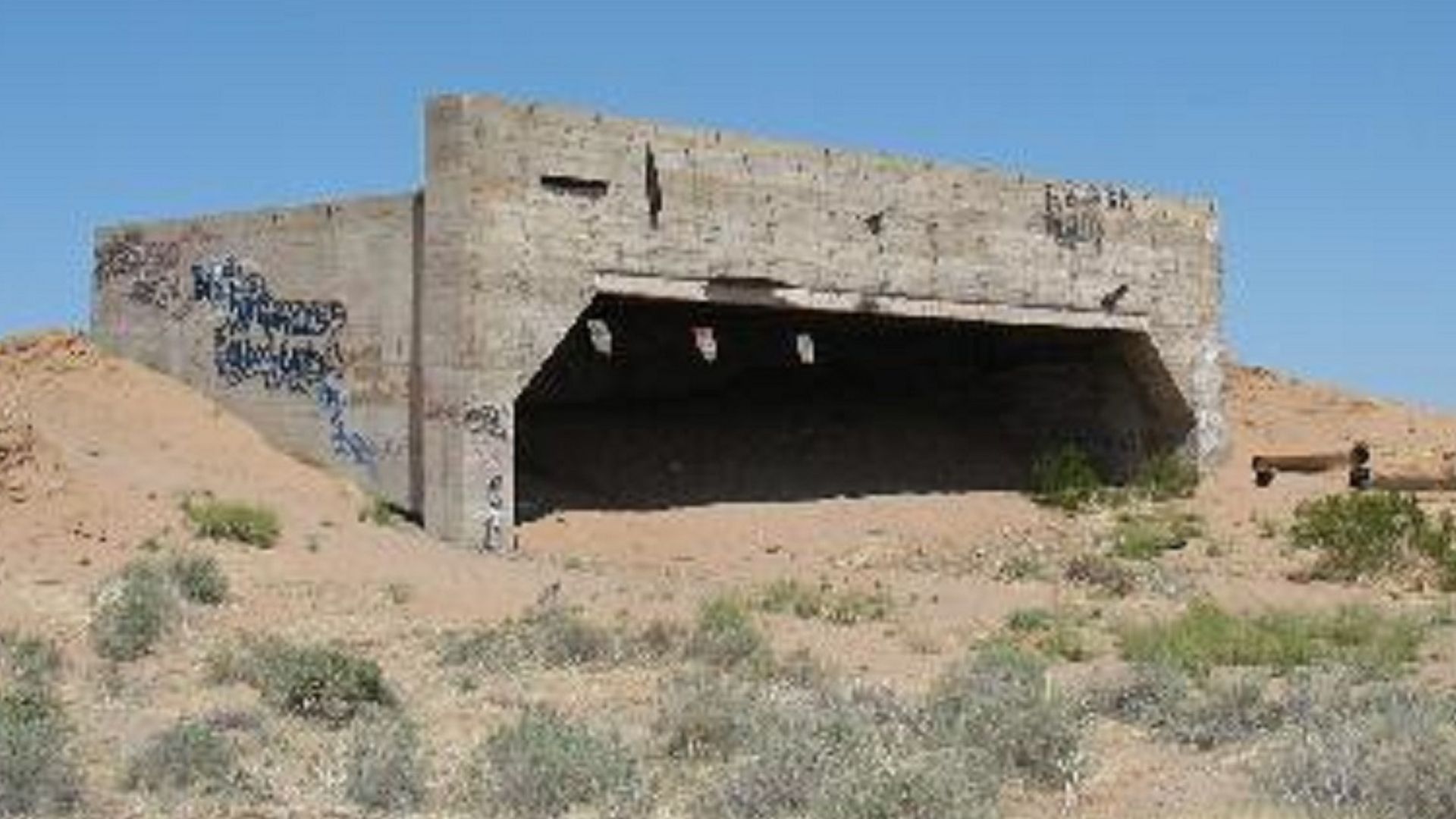 Marine 69-71, Wikimedia Commons
Marine 69-71, Wikimedia Commons
Preservation Efforts Today
Efforts to preserve Dateland’s military past still remain active. Travelers can find a history kiosk at Exit 67, with nearby museums displaying ration tins and shell fragments. Off-road tours approved by the Bureau of Land Management take visitors across the grounds, and Arizona State University archaeologists examine soils for hidden artifacts.
 The original uploader was Schwnj at English Wikipedia., Wikimedia Commons
The original uploader was Schwnj at English Wikipedia., Wikimedia Commons
Legacy Of Dateland’s Forgotten Camps
Although the wooden huts and landing strips have long vanished, the desert strategies tested at Camp Hyder and Camp Horn helped shape U.S. military preparation in desert environments. Today, historical markers near Interstate 8 honor their legacy.
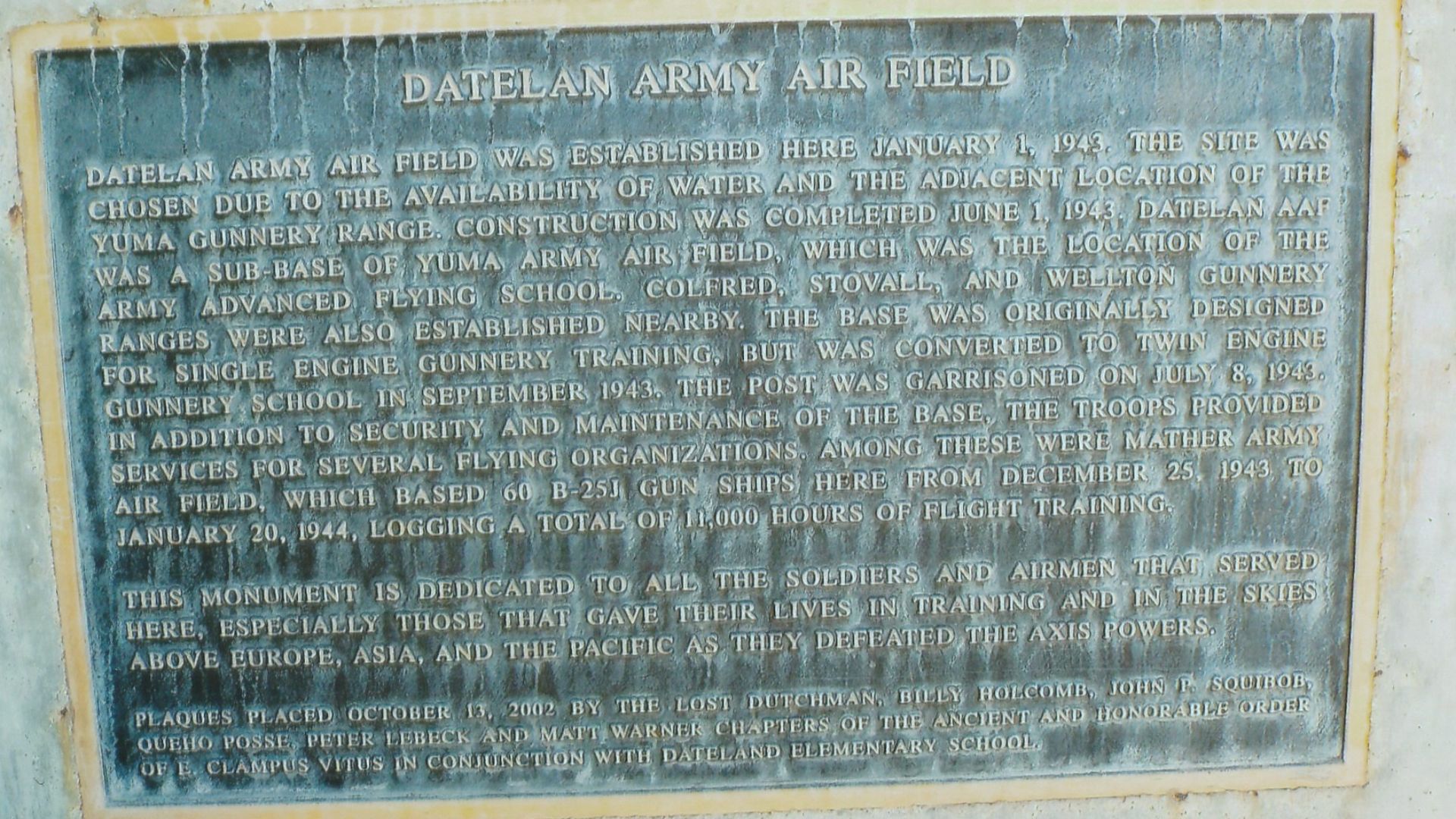 Marine 69-71, Wikimedia Commons
Marine 69-71, Wikimedia Commons

